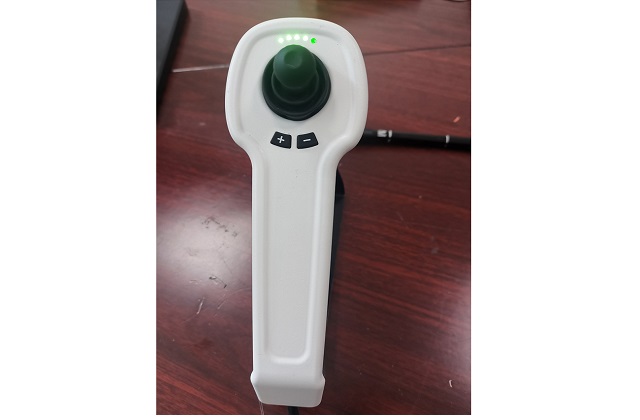Want to know more?
Don't miss any product updates on our industrial borescopes

Industrial borescope
solution service provider
Company Address
Office : 18F, Pingshanshouzuo, Pingshan District, Shenzhen,Guangdong
Contact Info
Ph: +86-0755-89588241
Principles of Industrial Endoscopy
1. The structure of a rigid endoscope usually includes an objective lens, an imaging lens, a guiding beam, an eyepiece, and a stainless steel tube. The working principle is to use an image conversion lens optical system inserted into a stainless steel tube to transmit images, and optical fibers provide light transmission and illumination. The built-in fiber optic directly transmits the photographic light from an independent cold light source to the working position.
2. A fiber endoscope usually consists of an insertion part, an operation part, and an eyepiece part, where the insertion part can be bent, including the objective lens, image guide beam, etc. The working principle is that high-quality image transmission fibers are used to transmit images, which can be directly observed through an eyepiece. Image transmission fiber bundles, optical fibers, and steel wires for adjusting the front end swing angle are all built-in, and are also equipped with a dedicated cold light source.
3. The above introduces the working principles of two types of industrial endoscopes, rigid endoscopes and fiberscopes, which can be directly observed through an eyepiece or equipped with an image acquisition and display system, such as when used in conjunction with a digital camera. However, electronic video endoscopes have autonomous imaging functions, and their structure also includes video control components and display components for electronic image display. The working principle is: imaging through the objective lens is transmitted to the CCD (Charge Coupled Device Image Sensor), which then converts the light image into an electronic data signal. The electronic data signal is transmitted to the video control component, which then outputs the image to the display component (such as a display screen). The above introduces the working principles of two types of industrial endoscopes, rigid endoscopes and fiberscopes, which can be directly observed through an eyepiece or equipped with an image acquisition and display system, such as when used in conjunction with a digital camera. However, electronic video endoscopes have autonomous imaging functions, and their structure also includes video control components and display components for electronic image display. The working principle is: imaging through the objective lens is transmitted to the CCD (Charge Coupled Device Image Sensor), which then converts the light image into an electronic data signal. The electronic data signal is transmitted to the video control component, which then outputs the image to the display component (such as a display screen).

Micro vision optoelectronic industrial endoscope
Measurement methods for industrial endoscopes
There are generally comparative measurement methods and absolute measurement methods, and the development process of absolute measurement methods has gone through shadow measurement method, dual objective measurement method, three-dimensional phase scanning measurement method, and three-dimensional dual objective measurement method. At present, industrial endoscopes are mainly used for relative or comparative measurement in China, and can only be used as auxiliary measurement methods.
1. Comparative measurement method: Measure other objects based on a known size in the detection image as a reference;
2. Absolute measurement method: This measurement technique does not require a reference object, but relies on the system itself to directly obtain measurement results. Absolute measurement methods include shadow measurement, dual objective measurement, three-dimensional phase scanning measurement, and three-dimensional dual objective measurement;
3. Compared to other measurement methods, the three-dimensional phase scanning measurement method and the three-dimensional dual objective measurement method are more advanced methods, as measuring in three-dimensional space has many advantages such as improving measurement accuracy and reducing human error.
(1) The three-dimensional phase scanning measurement method projects multiple phase-shifted gratings onto the surface of the measured object. Through phase analysis of the stripe image, the entire surface three-dimensional data information and three-dimensional point cloud map are obtained, forming a three-dimensional model of the measured object, and measurements are carried out on this basis.
(2) The three-dimensional dual objective measurement method uses a traditional ordinary dual objective measurement lens, which is combined with the latest algorithms and calibration processing technology to achieve 3D point cloud imaging technology on the basis of traditional ordinary dual objective measurement.

Industrial borescope
solution service provider